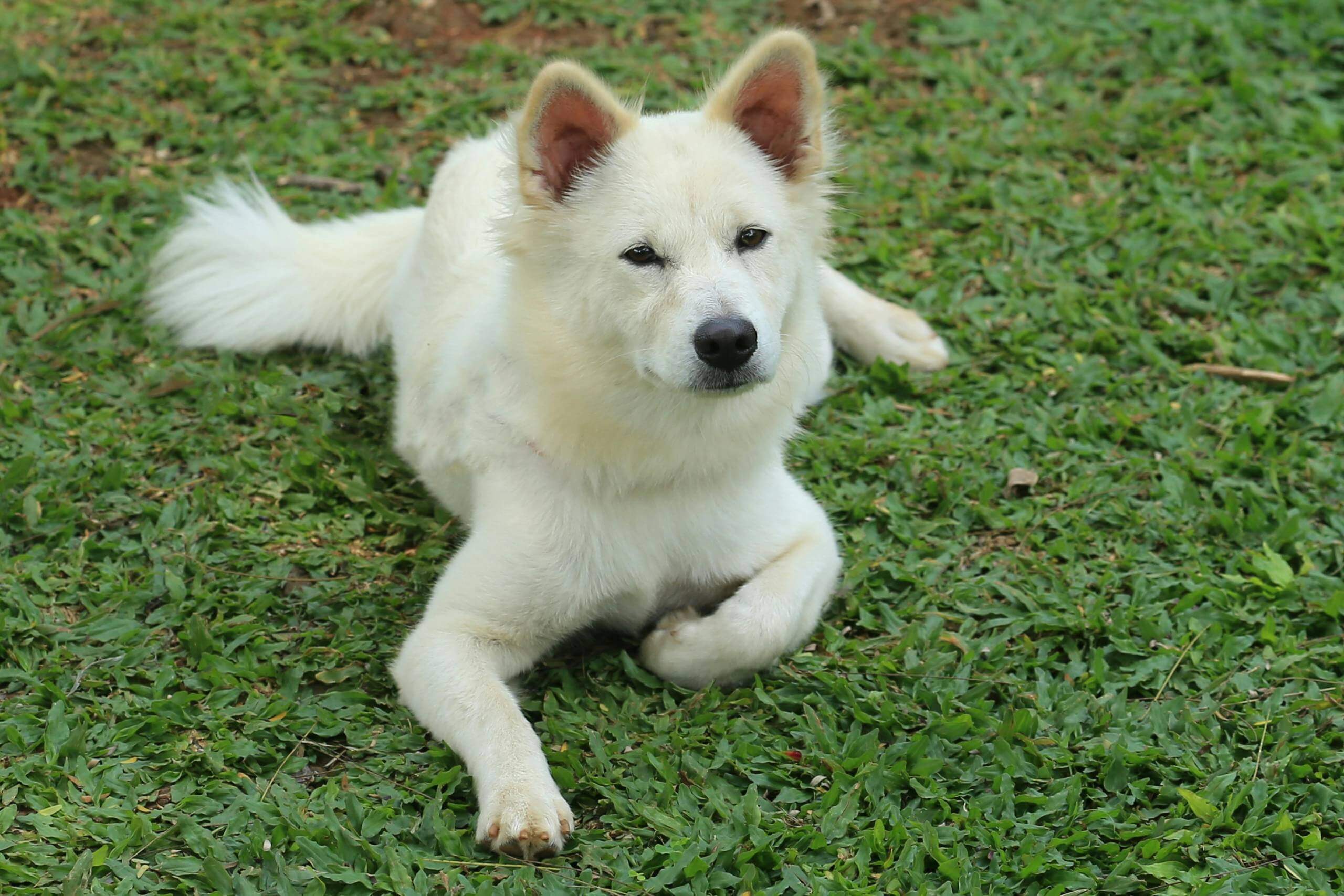There are various motivations for shaving a dog. For some breeds, this can help alleviate discomfort during hot weather, while for others, it may be necessary to remove mats or tangles that could cause skin problems. Assess your dog’s specific needs, and consult a veterinarian or professional groomer if you’re uncertain.
Preparing for the Task
Before you start, gather all necessary tools: high-quality clippers designed for dogs, scissors, a comb, and treats to keep your dog calm. Choose a quiet, comfortable space where your dog feels safe to minimize anxiety.
Spend some time brushing your dog’s coat before shaving. This helps remove loose fur and tangles, making the process smoother. During this grooming session, check for skin issues like bumps or redness. If you notice anything concerning, seek veterinary advice before proceeding.
Shaving Process
Once your dog is calm and groomed, begin shaving with the clippers set on a low setting, especially if this is your dog’s first encounter with them. Gradually acclimate your dog to the sound of the clippers by turning them on away from them and allowing them to sniff the tool.
Shave in the direction of hair growth to avoid discomfort and reduce the risk of skin irritation. Use smooth, gentle strokes, and avoid pressing too hard against the skin to prevent nicks and cuts. If your dog shows signs of anxiety, take a break. Patience is key; rushing can lead to stress for both of you.
Be especially cautious around sensitive areas such as the belly, ears, and paws. If your dog is particularly fidgety, consider using scissors in these spots. For dogs with longer coats, shaving in sections can help you keep track of your progress and ensure an even cut.
Regular breaks are important. Offer treats and praise to keep your dog motivated and calm. If the process is taking too long, it’s better to finish another day than to risk overwhelming your dog.
Aftercare
Once the shaving is complete, examine your work. Run your hands over your dog’s coat to find any missed spots or uneven areas, and use clippers or scissors for touch-ups as necessary. Follow this with a good brush to remove any remaining loose fur.
Aftercare is just as crucial as the shaving itself. Check your dog’s skin for signs of irritation or redness. Applying a calming lotion or spray designed for dogs can soothe sensitive skin. Regularly monitor your dog’s coat as it grows back to catch any mats or tangles early.
Some dogs may feel anxious during the grooming process, so consider making it a bonding experience. Spend quality time with your dog afterward, engaging in their favorite activities or showering them with affection. This helps create positive associations with grooming.
Considerations Before Shaving
Not all dogs should be shaved. Some breeds, particularly those with double coats, may suffer from overheating or skin issues if shaved. Research your dog’s breed and seek professional advice if you’re unsure.
If shaving becomes a regular necessity, consider enlisting a professional groomer. They possess the expertise and tools to handle various coat types and can provide a comfortable grooming experience for your dog. Regular grooming keeps the coat healthy and free of mats.
With practice, your grooming skills will improve. Each session will help you and your dog become more accustomed to the routine, making it a seamless part of your pet care regimen.
Shaving your dog can strengthen the bond between you and your pet. With patience and care, you can ensure that your dog looks and feels their best. Prioritize their comfort and health, and don’t hesitate to seek professional help if needed. Your dog relies on you for their well-being, and adopting the right approach will make grooming a positive experience for both of you.

